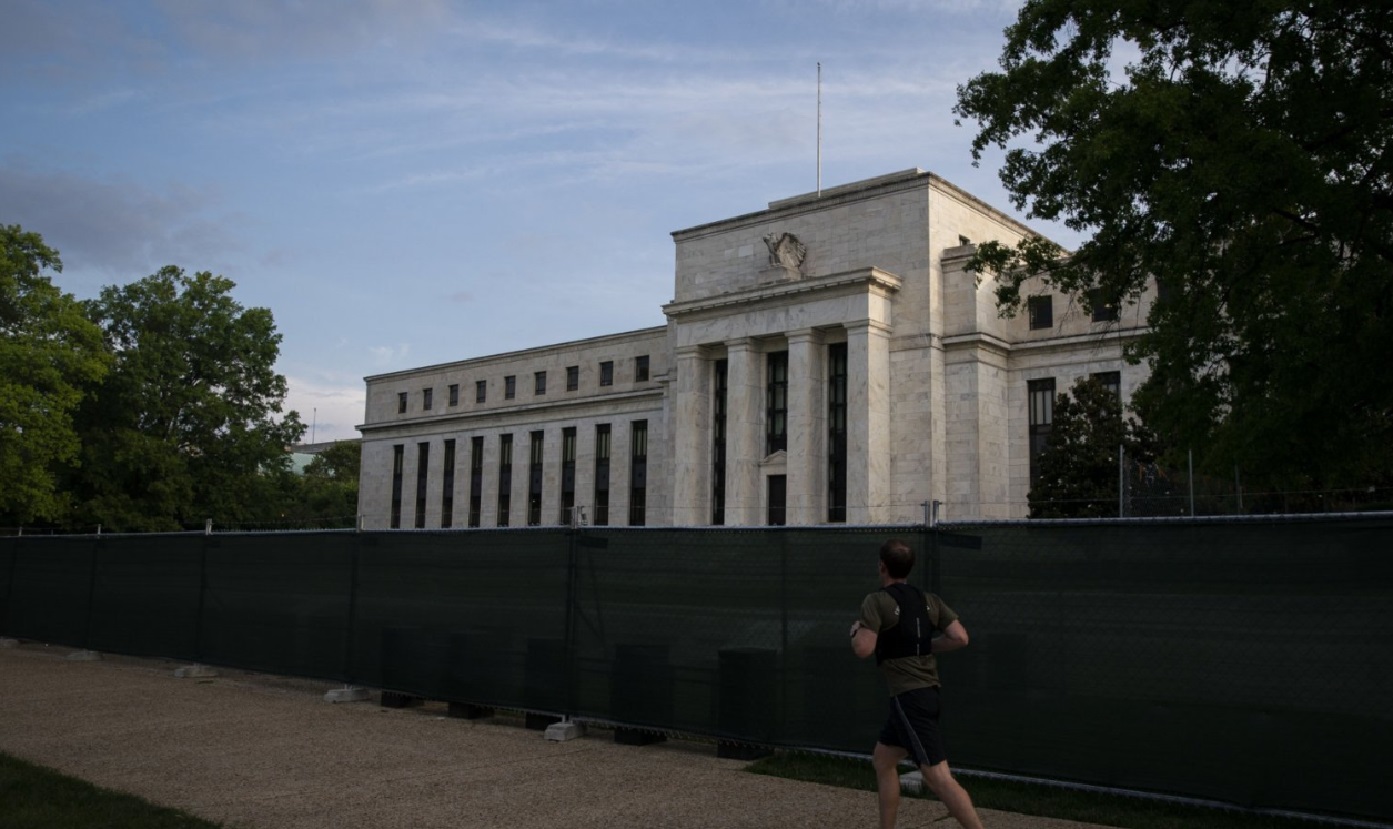The Governor of the Reserve Bank of New Zealand, Adrian Orr, said inflation still remained a serious challenge for the country and cited strong financial pressures that necessitated maintaining a “tight monetary policy”. He told a parliamentary committee that inflation at 4.7% is currently still too high and the Governing Council aims to slow it down to around 2%.
“That is why we are maintaining a restrictive monetary policy stance with the key rate at 5.5%, and at the end of this month we will present our updated forecasts on how appropriate that stance is”, said Adrian Orr to the committee.
After the bank made its last decision on interest rates in late November, inflation eased slightly, but the market lowered expectations for a rate cut soon after last week’s surprisingly strong jobs data. The next meeting of the Reserve Bank of New Zealand will take place at the end of February.
The regulator, which has ruled out cutting interest rates before 2025, was one of the first central banks to withdraw monetary stimulus since the pandemic and raised rates by 525 basis points since October 2021 to curb inflation.
The inflation rate, while below historic highs, remains well above the central bank’s target range of 1% to 3%.
Deputy Governor Christian Hawkesby told the committee that the financial system remains strong and consumers are well placed to allow higher interest rates.
Although three months have passed since the publication of the bank’s last financial stability report, the information in it remains relevant now, said Christian Hawkesby.
“The majority of households continue to pay their loan and mortgage payments, although some are struggling and falling behind”, added he.
House prices have stabilized over the past six months, although central bankers said they were concerned about sharp population growth due to high immigration at a time when housebuilding is slowing.



